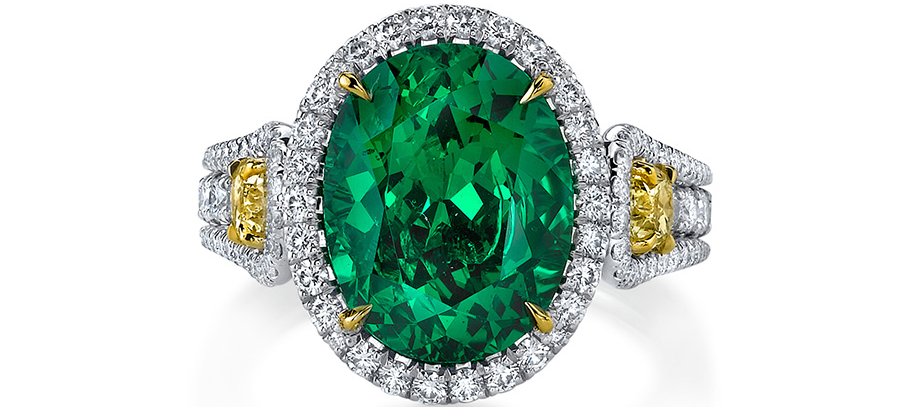January Birthstone
GARNET
The birthstone for January is garnet, one of the most colourful gemstones due to its wide variety of hues. The birthstone of garnet, which is mined all over the world, represents a wide range of uplifting feelings. Find out more about this distinctive birthstone.

The gorgeous and varied garnet is a lucky birthstone for those who were born in January. Although red is the most prevalent colour of garnets, they also come in a stunning array of other hues, such as orange, yellow, purple, and vivid green. Even garnets have been known to shift from blue to purple depending on the illumination. The ability of the garnet birthstone to bestow the bearer with good health, riches, and happiness is seen by some to be its genuine value.
MEANING & HISTORY
The word “garnet” comes from the mediaeval Latin granatus, which means “pomegranate,” in allusion to the red color’s resemblance. Since the Bronze Age, garnets have been utilised as abrasives and jewels. The ancient Egyptian pharaohs were decked with crimson garnet-studded necklaces. Ancient Roman signet rings contained garnet intaglios for stamping wax seals on important documents. Red garnets were favoured in the Middle Ages by the clergy and nobility.
Actually, garnet is a collection of several minerals. Five of these are significant as gems: pyrope, almandine, spessartine, grossular, and andradite. Almandine and pyrope range in colour from purple to crimson. Spessartine is found in vibrant oranges and yellows, whereas andradite (the gem variant demantoid) is primarily yellow to green. The colour spectrum of Grossular, which ranges from colourless to yellow to reddish orange and orangy red, as well as a potent vivid green known as tsavorite, may be the broadest.
One of the most well-known examples of garnet jewellery is the old pyrope hair comb housed in the Smithsonian (pyrope is derived from the Greek word pyrpos, which means “fiery-eyed”). The crest is topped with a large rose-cut garnet that looks like a queen serenely observing her court. The historical Bohemian mines in Bohemia—which is now a part of the Czech Republic—provided the pyrope garnets that adorn this tiara-like jewel. These deep red beauties were very fashionable during the Victorian era (1837–1901), when this piece was created.

BENEFITS
According to Indian astrology, garnet aids in removing unfavourable emotions (such as depression and guilt) and fosters increased self-assurance and mental clarity to encourage original thought and mental serenity. Gems like garnet were also believed to be treatments for inflammatory illnesses and to calm the irate heart in ancient and mediaeval times.
Garnet Source
There are numerous areas and nations where garnets are found. The principal source of the red pyrope garnets that were so well-liked in Victorian times was Bohemia. Most of the garnet used today comes from the African continent. The majority of the brilliant green tsavorites on the market come from Kenya, Tanzania, and Madagascar, but Namibia is currently producing demantoids. Important sources of the rich orange-to-yellow spessartine garnets are Namibia and Tanzania. The birthstone for January is also found in Myanmar, Brazil, Iran, Afghanistan, Pakistan, India, and Sri Lanka, among other nations. For many years, Southern California’s Little Three mining region was renowned for producing this mesmerising jewel.

Care & Cleaning
On the Mohs scale of hardness, garnet comes in a variety of varieties that vary from 6.5 to 7.5. This indicates that compared to rubies, sapphires, and diamonds, the birthstone is more prone to damage. Although not all garnets are suitable for everyday use, they are perfect for pendants, brooches, and earrings. Think about how you want to keep your garnet jewellery. It can be scratched if you allow it to touch against tougher gems, such as sapphires, diamonds, and rubies. Garnet can also scratch softer gems like opals or pearls.
Garnets are generally not treated. Rarely, though, some garnets may be treated by having surface-reaching fractures filled with a material that resembles glass in an effort to increase the gem’s apparent purity. Such treated stones need to be handled carefully. Regardless, cleaning garnets is always safe when done with a delicate brush and warm, soapy water. With the exception of stones with fractures or those have had fractures filled, ultrasonic cleaners are often safe. It is not advised to use steam cleaning.

